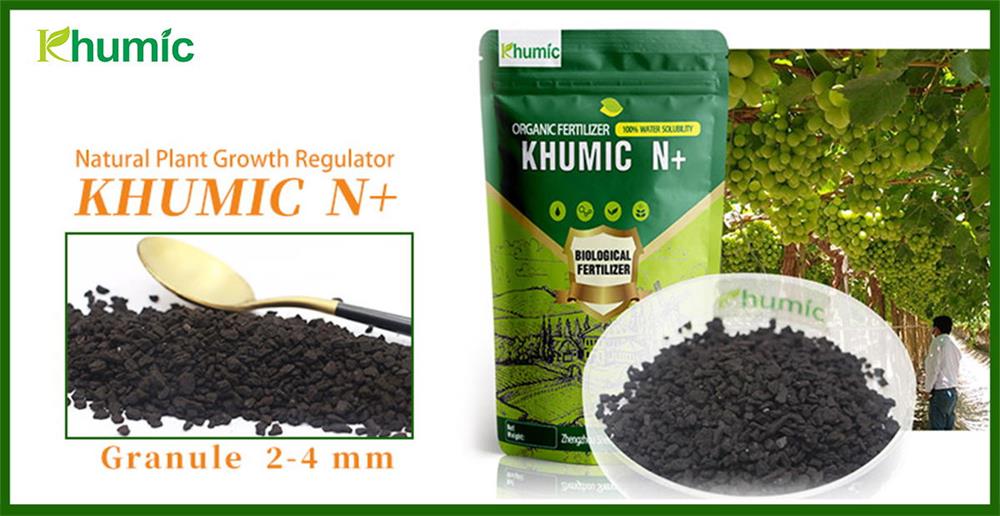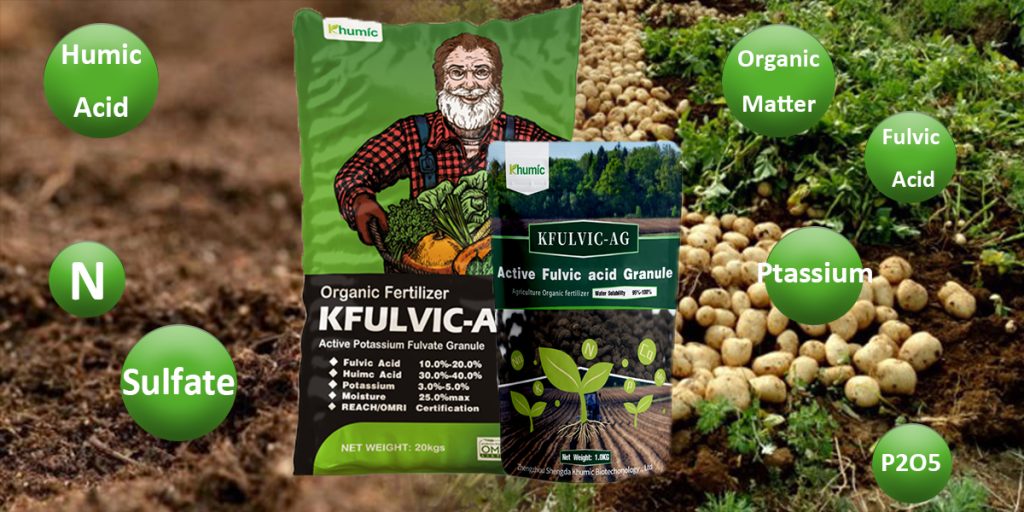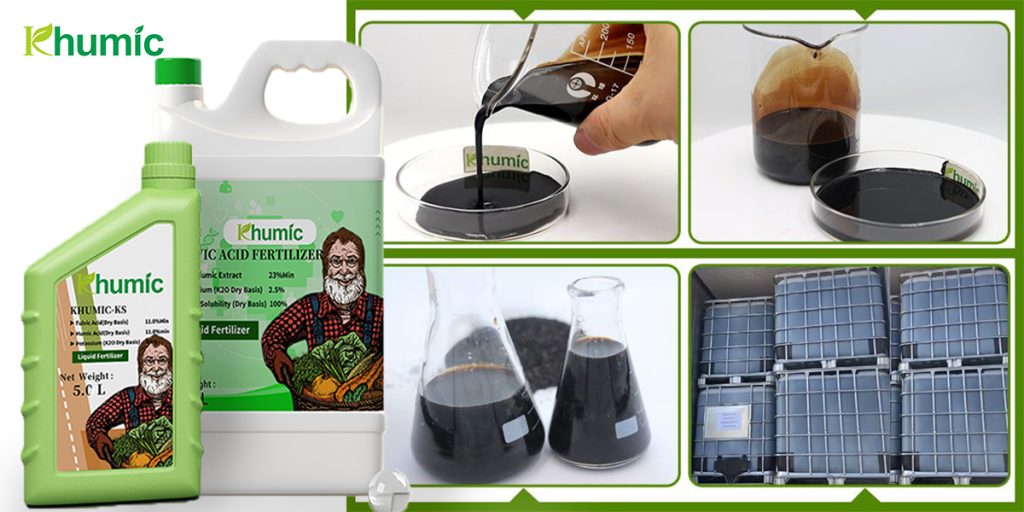Introduction
In the world of gardening, there are few things more satisfying than seeing a flowering plant burst into stunning, vibrant blooms. A key factor to consider to get blooms is the type of fertilizer you use. Choosing the right fertilizer can have a significant impact on the health and beauty of your flowering plants. In this guide, we’ll explore the best fertilizers for flowering plants to help you transform your garden into a paradise of color.
Why Choosing the Right Fertilizer is Important
Providing the right nutrients is crucial to promoting healthy growth and abundant blooms when caring for flowering plants. The best fertilizers for flowering plants contain a balance of essential nutrients, including nitrogen, phosphorus, and potassium. In addition to these macronutrients, plants also benefit from secondary nutrients such as calcium, magnesium, and sulfur, and micronutrients such as iron, manganese, zinc, and copper. To support strong root development, thick stems, and vibrant flowers.
- Macronutrients:
- Nitrogen (N): Promotes lush foliage growth and overall plant vigor.
- Phosphorus (P): Promotes root development, blooming, and fruit formation.
- Potassium (K): Helps plants improve disease resistance and root development.
- Micronutrients:
- Iron (Fe): Important for chlorophyll production.
- Manganese (Mn): Helps with photosynthesis and enzyme activation.
- Zinc (Zn): Plays a role in hormone regulation and protein synthesis.
Best Fertilizers for Flowering Plants: Types
Different types of fertilizers have different properties and can be chosen based on specific needs:
1. Water-soluble fertilizer:
Ideal for plants that require frequent watering. Can quickly release nutrients for immediate absorption. Water-soluble fertilizers can be helpful if your plants show signs of immediate need for nutrients. They are easy to apply evenly so all your plants receive the same amount of nutrients.
For example: KHUMIC 100% water-soluble humus fertilizer, Miracle-Gro water-soluble plant fertilizer, and Jack’s Classic multi-purpose water-soluble nutrients.

Links: https://miraclegro.com/
2. Granular fertilizer:
Gardeners who don’t fertilize their plants regularly can use slow-release fertilizers, which are mixed with the soil and frequently coated or encapsulated to control the release of fertilizer over weeks or months, providing long-lasting nourishment and improved soil fertility. These types of fertilizers are especially useful for indoor plant care and outdoor containers. Ideal for plants that prefer a steady supply of nutrients.
For example: KHUMIC Humic Acid Granular Fertilizer, Osmocote Phytonutrients for Flowers and Vegetables, Jobe’s Organics Granular Fertilizer for Flowers and Roses.

Links: https://jobescompany.com/ ; http://osmocote.com/
3. Foliar fertilizer
Foliar fertilizers are liquid nutrients that plants absorb through their leaves. However, not all flowers absorb nutrients efficiently in this way, as the wax and hairs on some leaves can hinder nutrient absorption. Flowering plants don’t get all the nutrients they need through their leaves, but you can quickly address some nutrient deficiencies by using a foliar fertilizer. Potassium is an easily absorbed nutrient in foliar fertilizers, so use foliar fertilizers in the garden to address potassium deficiencies.
If your flowers show signs of chlorosis and leaves turn yellow, your plant may have an iron deficiency. Sometimes the quick results of a foliar fertilizer can help.

4. Organic liquid fertilizer:
They come from natural materials such as dead leaves, humus or animal waste and are good for the earth, slowly providing nutrients to plants. They take longer to work, but the results last longer. Additionally, they help the soil by promoting beneficial microorganisms and improving soil structure. Easy to apply and quickly absorbed by plants, it can be used as a foliar spray or soil drench.
For example: Khumic-KS organic liquid fertilizer, Fox Farm Big Bloom concentrate

5. Seaweed extract fertilizer
Seaweed fertilizer is the best fertilizer to enhance the stress resistance of plants. It is an elasticity enhancer extracted from seaweed. Rich in osmoprotectants, it helps plants resist desiccation and salt, and is a barrier against drought, salt and temperature extremes – perfect for Australian gardens. Seaweed fertilizer not only promotes strong roots, improves product quality and taste, but also increases resistance to pests and diseases.
For example: KHUMIC seaweed extract

How to Choose the Best NPK Ratio for Flowering Plants
The NPK ratio represents the amount of nitrogen (N), phosphorus (P), and potassium (K) in the fertilizer. This ratio is very important to growers because nitrogen, phosphorus, and potassium are all essential macronutrients for plants and every plant needs them. Requires a lot of nutrients. Each nutrient plays a different role in its development. Different plants may require different ratios of nitrogen, phosphorus, and potassium at different stages of growth. Therefore, an NPK ratio (e.g. 5-5-5) can be a clear indicator of nutrient concentration in a fertilizer. Higher numbers indicate higher fertilizer concentrations. Fertilizers with an NPK ratio of 20-20-20 ( such as KHUMIC NPK 20-20-20+TE ), have very high concentrations of all three macronutrients. Adjusting NPK ratios to meet the specific needs of each plant species is critical for optimal growth. Typically, plants require large amounts of nitrogen during the early stages of bud and leaf development, followed by increased amounts of phosphorus and potassium during the flowering stage.
Benefits of Using the Best Fertilizers for Flowering Plants
- Promotes healthy growth: The right fertilizer provides essential nutrients that support strong root development and overall plant health.
- Enhances flower production: A well-balanced fertilizer encourages plants to produce more flowers and ensures vibrant blooms.
- Improves plant resilience: Regular feeding with the best fertilizer helps plants withstand environmental stressors and diseases, leading to thriving, resilient blooms.
Conclusions
Choosing the best fertilizer for your flowering plants is crucial to achieving lush, vibrant flowers and a thriving garden. By choosing a high-quality fertilizer suited to your plant’s specific needs, you can ensure they receive the essential nutrients they need to thrive. Whether you choose a water-soluble formula, organic granular fertilizer, or slow-release fertilizer, the right fertilizer will produce beautiful results for your garden.
FAQs
How often should I fertilize my flowering plants?
The frequency of fertilization depends on the type of fertilizer used. Water-soluble fertilizers may require more frequent applications than slow-release granular fertilizers.
Can I use the same fertilizer for all flowering plants?
While some general-purpose fertilizers are suitable for a variety of plants, it is beneficial to use specialized fertilizers for specific plant types to meet their unique nutritional needs.
Can flowering plants be fertilized with too much fertilizer?
Yes, overfertilizing can cause nutritional imbalances, root burn, and plant stress. Follow the recommended dosage and application guidelines to avoid overfertilizing your plants.
Should I fertilize flowering plants in winter?
Most flowering plants go dormant during the winter when they need less nutrients. It is best to reduce or stop fertilizing during this period and resume fertilizing when the plants become more active.
Can homemade compost be used as fertilizer for flowering plants?
Yes, homemade compost is an excellent organic fertilizer that is rich in nutrients and beneficial to your flowering plants. However, make sure the compost is completely broken down to avoid potential pathogens or imbalance issues.
